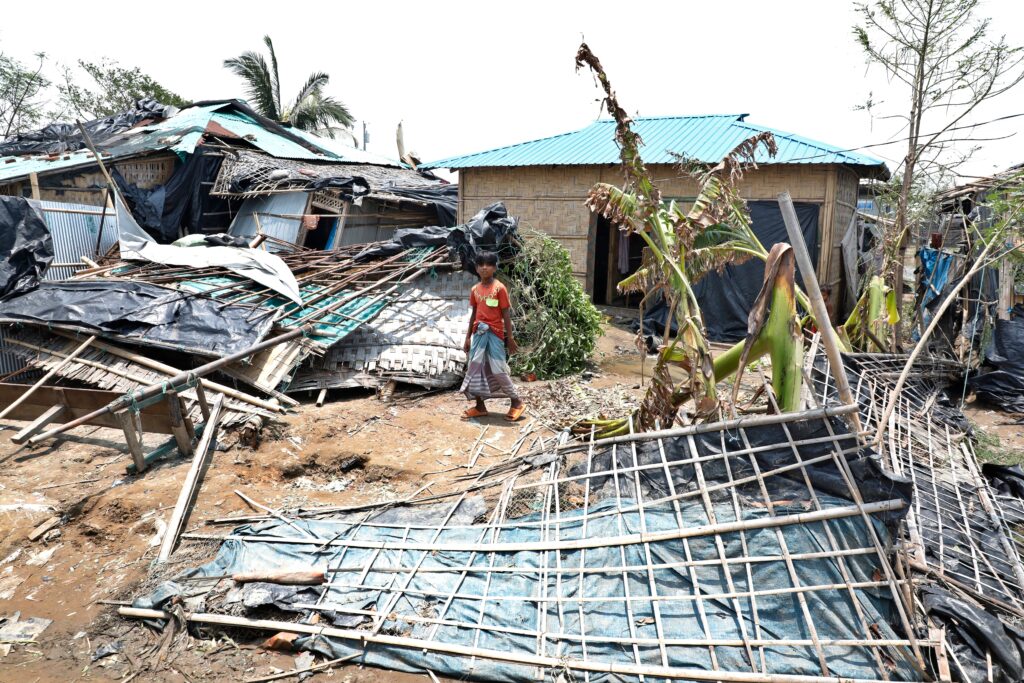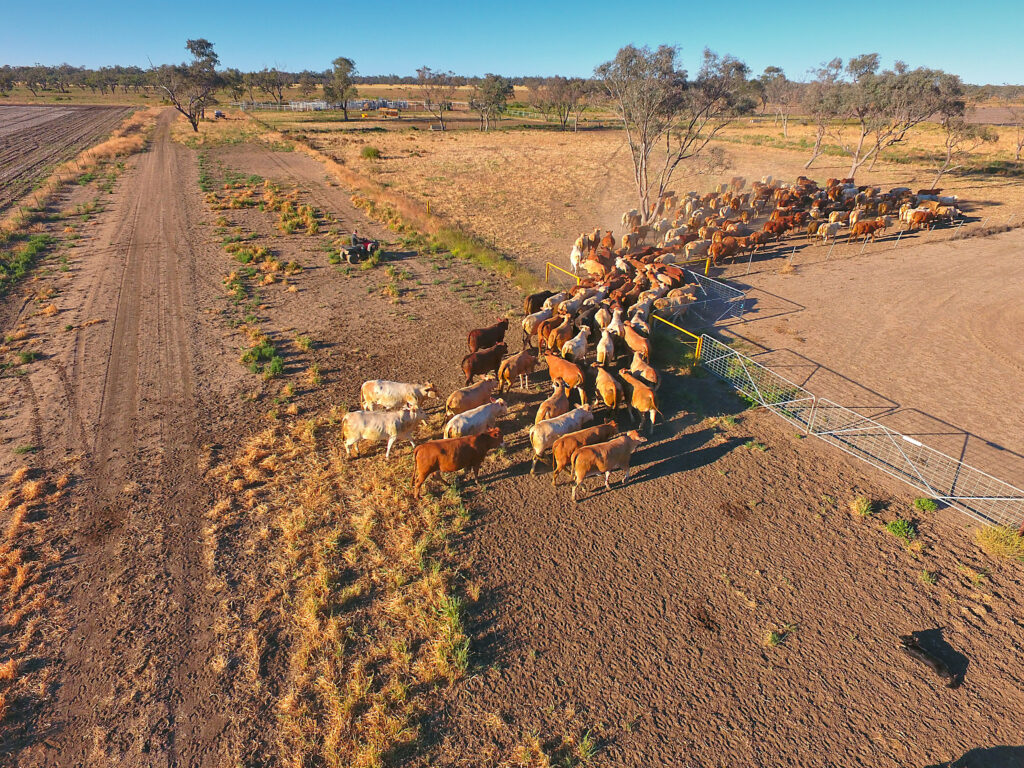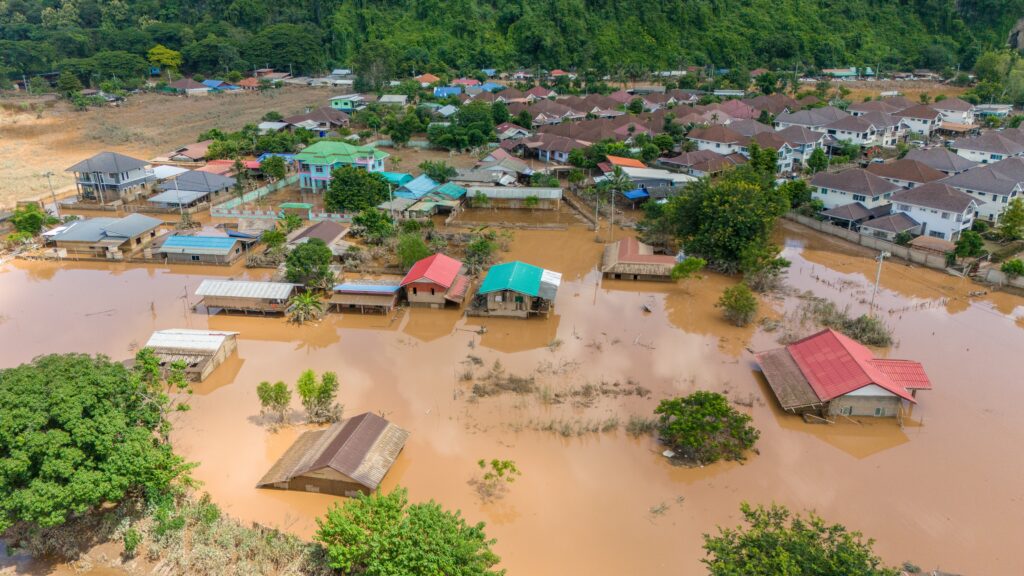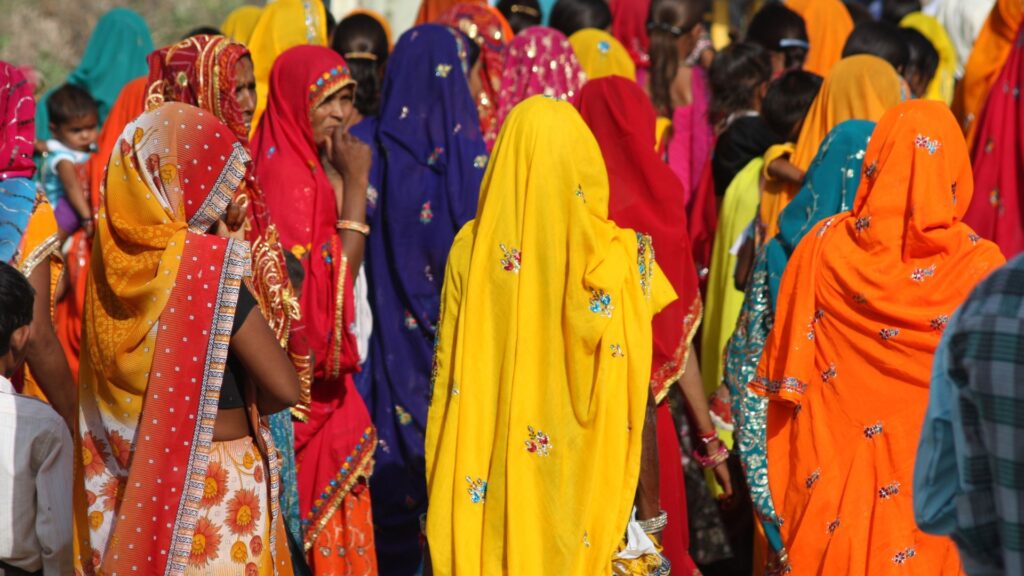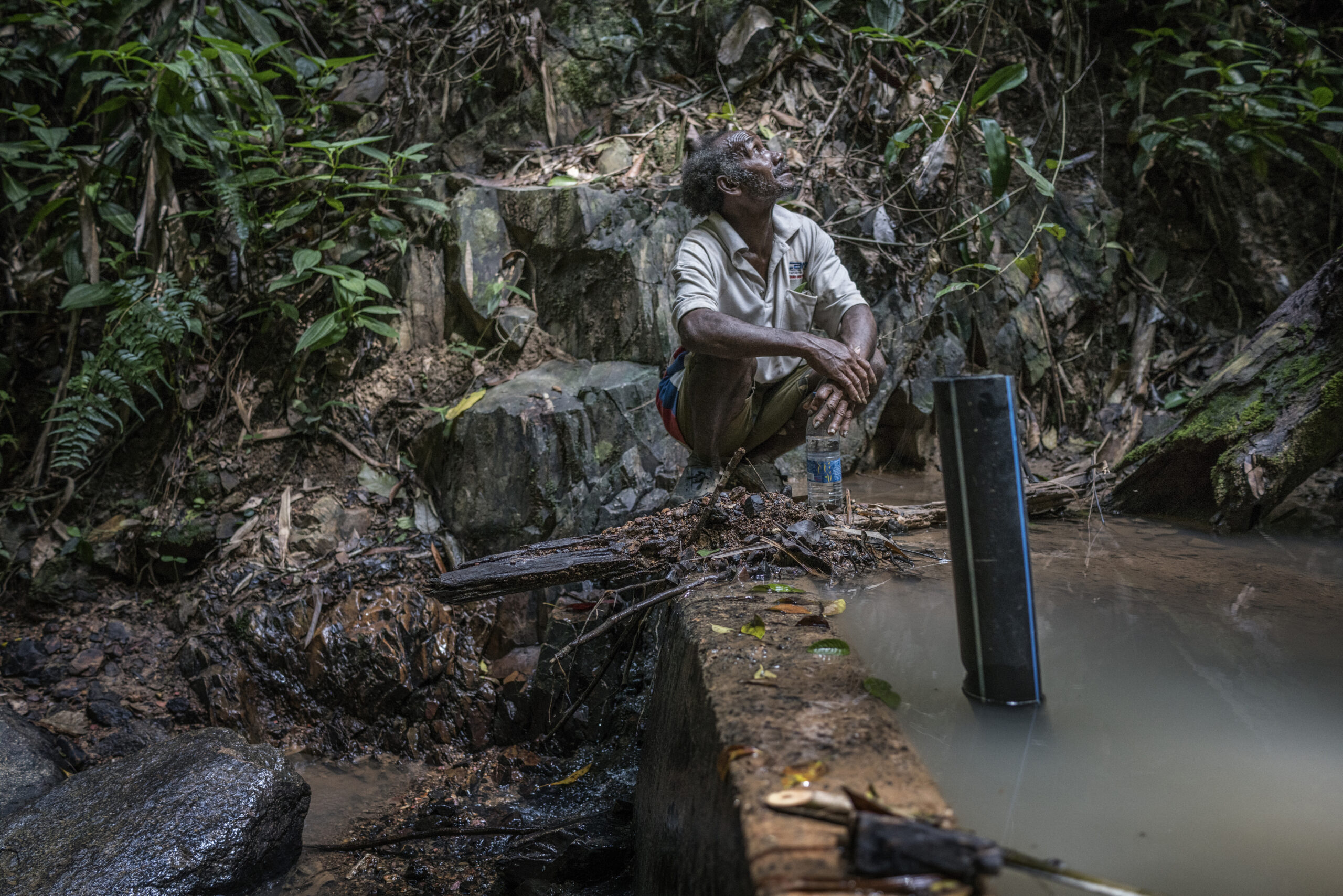Super Typhoon Ragasa in Hong Kong, Philippines and in Southern China
The world’s most powerful storm this year, super Typhoon Ragasa, left a trail of destruction from the Philippines to Hong Kong to southern China in September 2025. Classed as a super typhoon due to the intensity of its winds, Ragasa brought torrential rains, landslides and storm surges, leading to dozens of fatalities, hundreds injured and millions displaced.
Tropical typhoons are one of the deadliest and most destructive weather disasters. Ragasa led to widespread power outages, infrastructure damage, flooding and thousands of uprooted trees, while millions of people were instructed to evacuate or seek shelter. The destruction of Ragasa was not an isolated event. Just a few days later, Typhoon Bualoi brought torrential rain, floods and landslides to Vietnam, the Philippines and Thailand, causing dozens of fatalities. Vietnam was hardest hit, with authorities saying the typhoon was the most devastating storm to hit the country this year. Typhoon Matmo followed one week later, bringing more devastation to China, Vietnam and the Philippines.
How a Heated Climate Fuels Typhoons
The intensity and violence of tropical typhoons, also known as cyclones or hurricanes, mean they often result in the loss of human life and severe economic damage. Already, nearly one billion people live in areas affected by them, and since 2000, they have caused more than USD 2.4 trillion in damage globally. Climate change means the most severe and destructive typhoons will become more likely, as warmer air and sea surface temperatures create conditions for them to intensify.
In a rapid attribution study of Typhoon Ragasa, also known as Super Typhoon Nando, researchers from the Grantham Institute highlighted that a typhoon of this severity at landfall is about 49% more likely in today’s climate compared to preindustrial times.
They also found that climate change increased Typhoon Ragasa’s peak wind speeds by about 7%. The warmer climate also made the extreme rainfall event 13% heavier, now expected approximately every seven years rather than nine.
Economic Losses Mount as Super Typhoons Intensify
It also discovered that 36% of the economic damage from Typhoon Ragasa can be attributed to climate change, showing how even small increases in event intensity can sharply increase financial losses. “We find the wind speed increase of this type of storm makes substantially more damage,” noted the researchers.
They also modelled that a 2°C warmer world would cause an additional 27% of the current damage, meaning a near doubling of economic damage compared to a preindustrial climate.
Climameter also conducted a rapid attribution study for Ragasa, concluding that the typhoon was an event of “exceptional meteorological conditions” whose characteristics can mainly be ascribed to human-driven climate change.
Attribution research is a vital tool to help governments better anticipate future storm impacts and their aftermath, which can feed into life-saving disaster warning and response systems. Analysing the economic losses of the destruction can also inform programs like the UN’s’ Loss and Damage Fund and improve financial support for nations impacted by these disasters.
Preparing for the Storms Ahead
Average global temperatures are now 1.3°C higher than in pre-industrial times. As the world continues to warm, typhoons are projected to intensify further and become increasingly destructive. The Intergovernmental Panel on Climate Change (IPCC) Sixth Assessment Report (AR6) warns of higher rates of rainfall, top wind speeds and storm surges as the climate heats and destabilises. Typhoons are also moving north, putting new regions and communities in harm’s way.
Countries such as the Philippines are at particular risk. In 2024, communities experienced an “extraordinary” typhoon season supercharged by climate change, according to a World Weather Attribution (WWA) assessment. Six typhoons affecting the country within just 30 days — several of them simultaneously — affecting more than 13 million people and straining resources and infrastructure. This year, the nation has once again suffered consecutive destructive typhoons, with the season not yet over.
“Consecutive typhoons have underscored the extraordinary challenge of ensuring continuity and resilience amidst escalating climate risks,” WWA researchers noted. Given that the likelihood of compounding disasters will increase as the climate warms, there is an urgent need for disaster preparedness and resilience for a world not built for the storms to come.
Evelyn Smail
Writer, United Kingdom
Evelyn is a freelance writer and journalist specialising in climate science and policy, the just energy transition and the human impacts of climate change. She writes for independent publications, NGOs and environmental organisations. Evelyn has a background in sustainable development, climate justice and human rights.
Evelyn is a freelance writer and journalist specialising in climate science and policy, the just energy transition and the human impacts of climate change. She writes for independent publications, NGOs and environmental organisations. Evelyn has a background in sustainable development, climate justice and human rights.

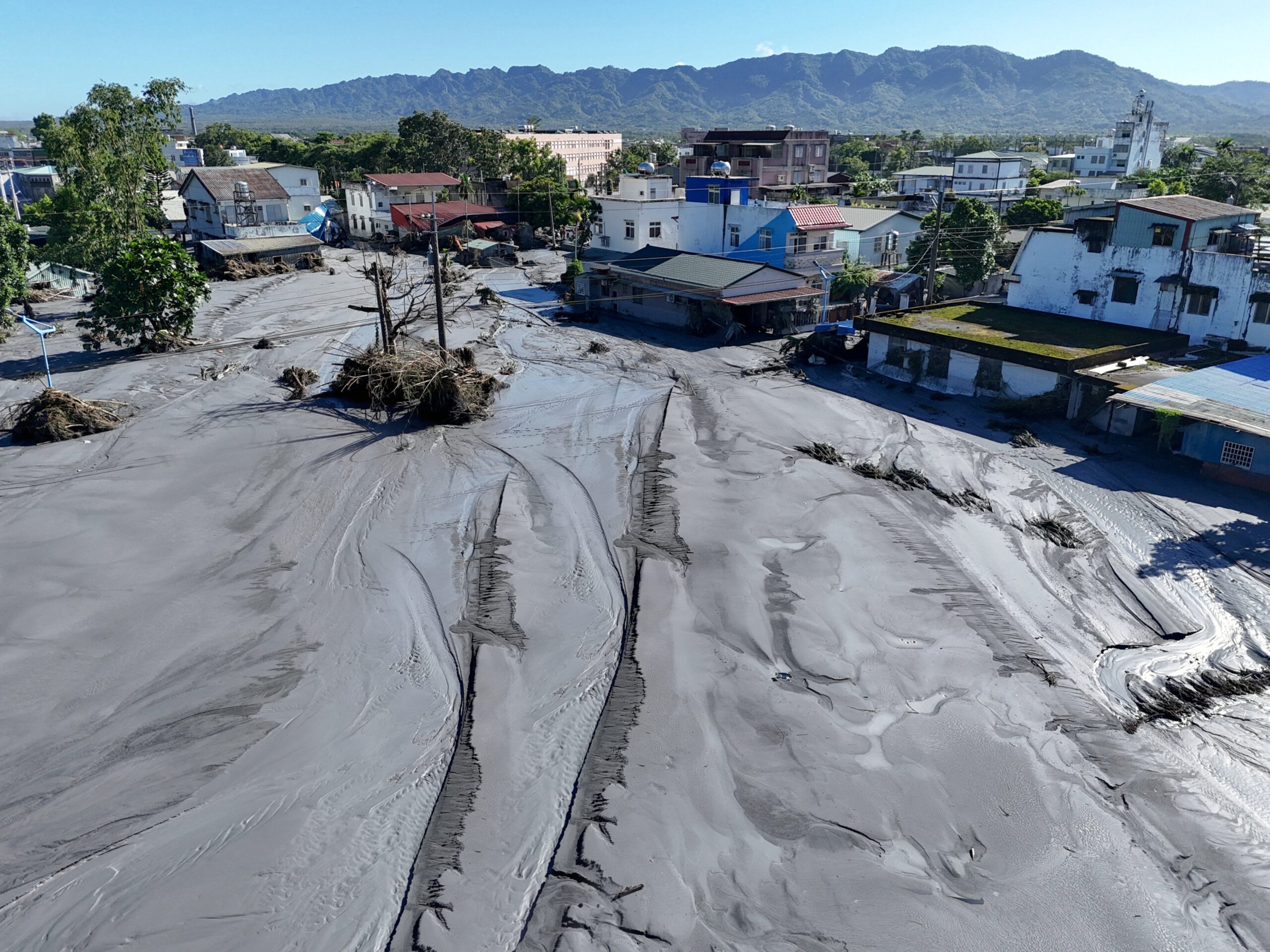

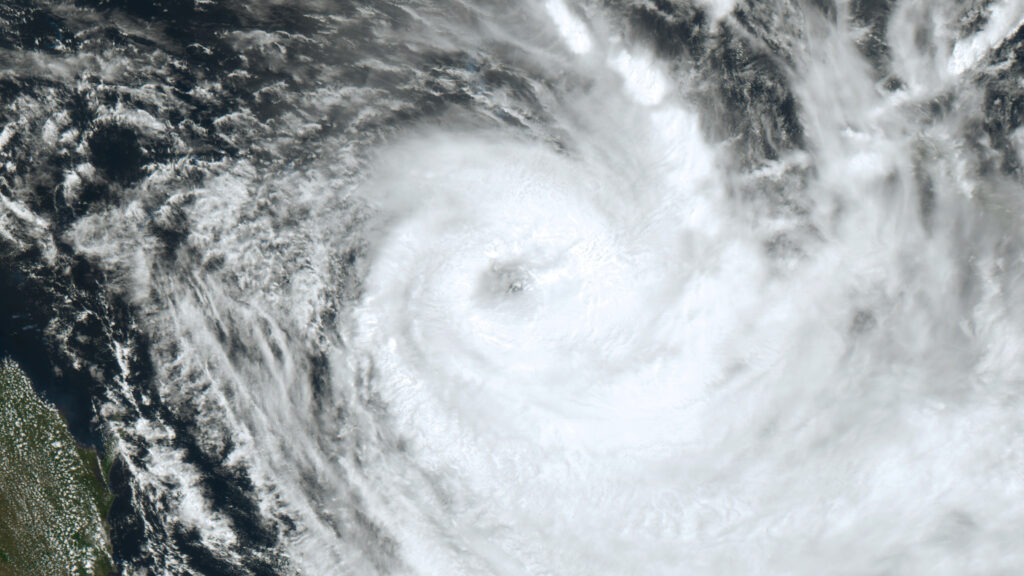

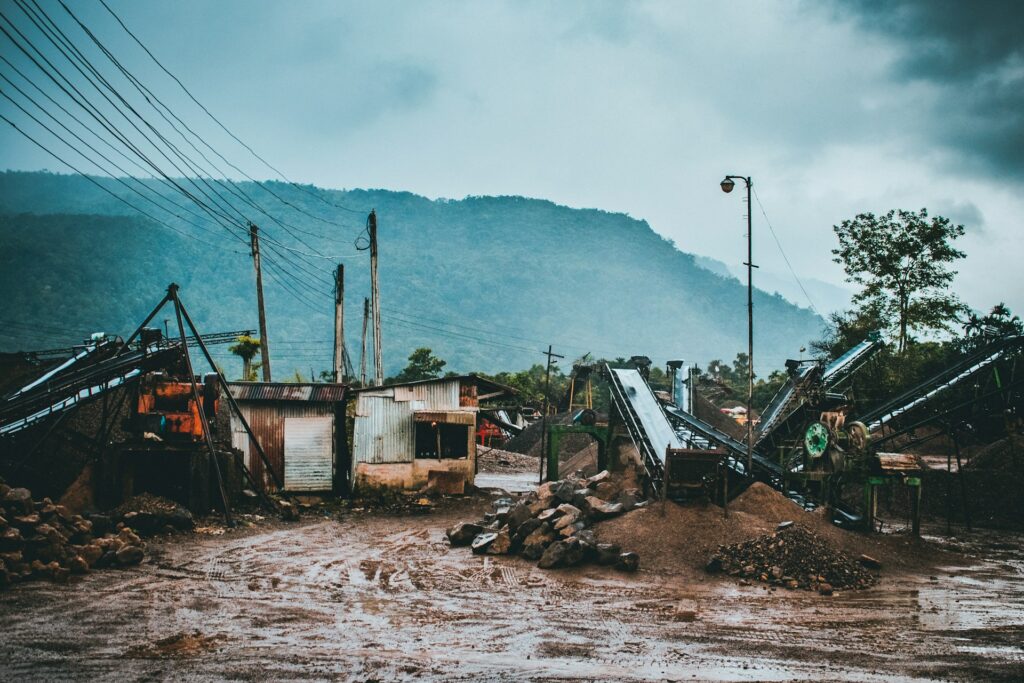

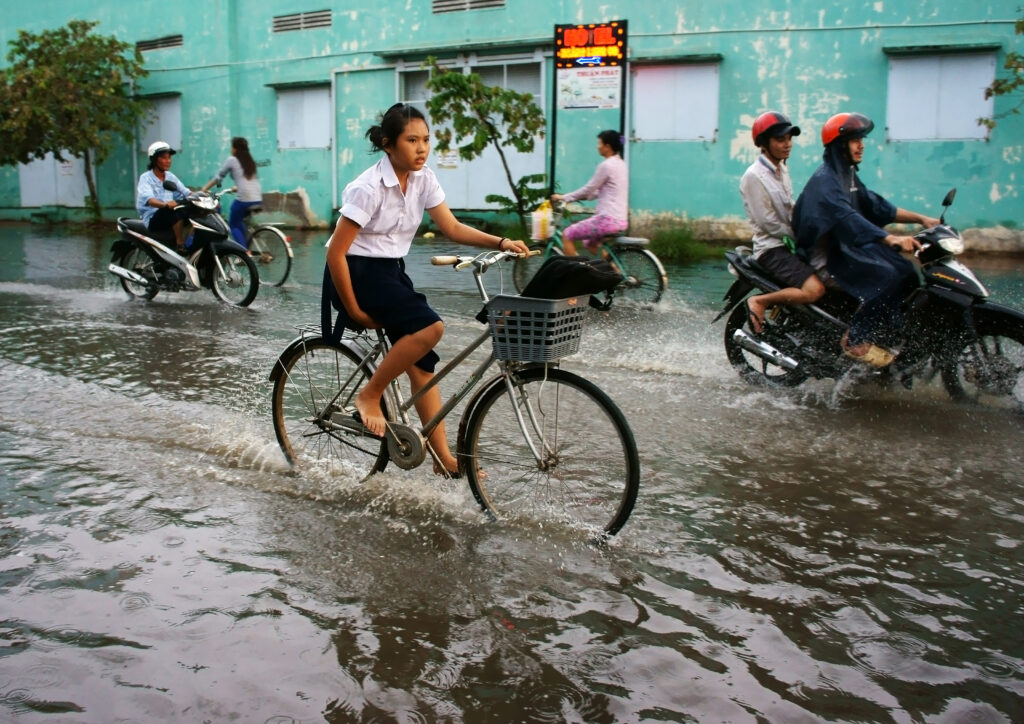
![Droughts and Water Scarcity: Asia’s Water Crisis [Part Two]](https://www.climateimpactstracker.com/wp-content/uploads/2025/10/shutterstock_2602524629-1024x683.jpg)
